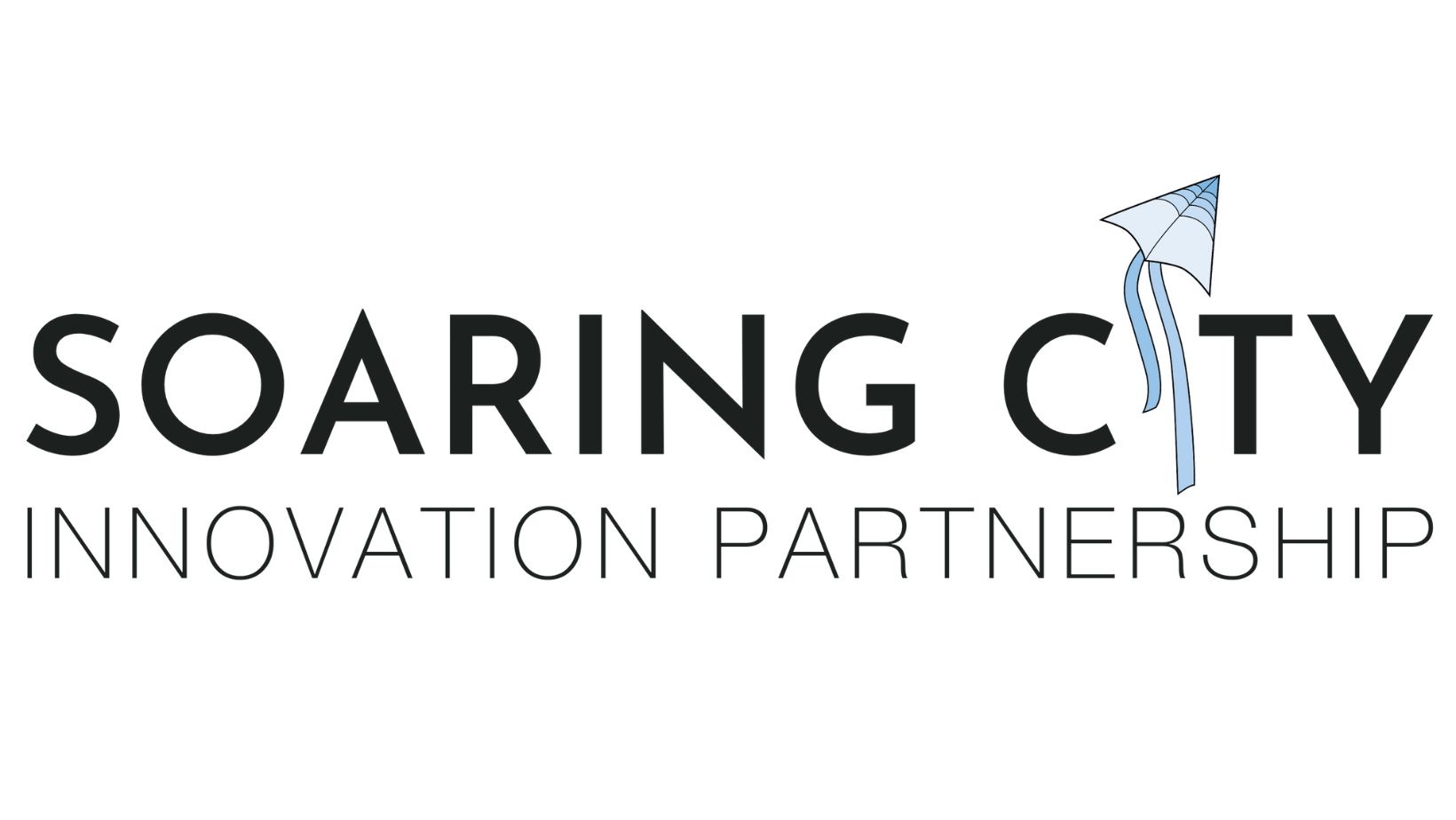Communities across the nation are learning the lessons derived from pioneers such as North Carolina’s Research Triangle, St. Louis’s Cortex District, and Philadelphia’s uCity Square.
A recent study published in the weekly scientific journal Nature demonstrates that “economic connectedness” between rich and poor can make the difference in lifting people out of poverty.
Startup Genome reports that it takes the right connections with founders, venture capitalists, and experts to build a successful company.
Sam Altman, the Serial entrepreneur and CEO of OpenAI, has blogged that Silicon Valley works because of the density of people working on startups that are inclined to help each other.
In 2016, Richard Florida keynoted the Tampa Innovation Alliance’s annual Innovation Gathering at an old mall and declared that connecting people together to solve big problems is the essence of superstar communities. He went further to say, “It is all about your built environment.”
Connections matter.
As a kid growing up in Florida, I would spend my share of time visiting Disney World. Walt’s vision inspired me at an early age. I longed to live in a community with the look of Mainstreet U.S.A. and spent countless hours waiting in line to ride Space Mountain, but it was EPCOT that really captured my imagination. Walt, I would later learn, wanted to build a city where innovators and residents connected to solve humanity’s greatest challenges. A place where wicked societal problems could be vanquished.
I would discover later, while serving on the Hillsborough County Commission, that the giant geodesic dome which welcomes visitors to the Experimental Prototype Community of Tomorrow—or EPCOT—was the brainchild of the brilliant designer, inventor, and futurist Buckminster Fuller. Fuller was a visionary, and his geodesic dome was the inspiration for Disney’s Spaceship Earth, a place where people from all walks of life would come together to solve humanity’s greatest problems. Walt’s death halted his dream of building a “living blueprint for the future” and EPCOT became yet another Orlando tourist attraction, but his faith that connecting a diverse population of people together can solve wicked problems is spot on.
For instance, L Marks, a leading global innovation specialist, demonstrates the importance of business leaders creating connections with one another. By having relationships rooted in respect with its corporate partners in order to build trust, L Marks has developed successful solutions for clients in a plethora of industries.
“It’s about having humility, recognizing your own value but simultaneously not believing you have all the answers. It’s about appreciating and respecting that everyone has their own unique value and passion which makes them integral to the team,” says L Marks CEO Daniel Saunders.
A community whose foundation rests upon connectivity uses collaboration as a tool to build innovation.
In 2014, the urbanist and author Bruce Katz, along with Brooking Institute’s Senior Fellow Julie Wagner, published a seminal study called “The Rise of Innovation Districts.” This study gave intellectual ballast to Walt Disney’s dream of building resilient, stable communities by transforming a city’s urban core into an Innovation District.
Innovation Districts identify a community’s economic drivers, and then leverage those distinct economic strengths to empower communities to reinvent themselves. This, in turn, enables once-blighted neighborhoods to be transformed into innovative engines of economic prosperity.
Why is this important to your company or community? Because our nation’s survival depends on our collective ability to tackle one of the most wicked problems of them all: the widening income gap between rich and poor. Investor Ray Dalio, author of the recent bestseller “The Changing World Order,” describes this divide as our nation’s greatest challenge.
After leaving elected office, I formed a small company whose mission is to help emerging innovation districts across America connect people—particularly the poor who are languishing in poverty—to anchor institutions. Anchor institutions are place-based, mission-driven entities that come together to create the ultimate mishmash of educational institutions, entrepreneurs, startups, research and medical institutions, residents, and activists. This is where innovative companies are started and wicked problems are solved.
Communities across the nation are learning the lessons derived from pioneers such as North Carolina’s Research Triangle, St. Louis’s Cortex District, and Philadelphia’s uCity Square. There are now over 80 Innovation Districts worldwide. Taking a page from Walt, Bruce, and Julie, we did the same in Tampa. Today, Soaring City Innovation Partnership exists to address a blighted community near the University of South Florida and a half dozen other major anchor institutions. Our mission is to develop an innovation ecosystem that seeds prosperity throughout its community.
In August, the New York Times reported on the landmark study published by Nature validating the premise that connecting the poor and rich into meaningful associations, such as those found within emerging innovation districts, is the key to reducing poverty.
Communities once hindered by blight and disrepair are now beginning to discover new opportunities to solve old problems that could ultimately restore the American dream for millions. Walt’s vision was correct.
Connections make all the difference.
Read more at https://www.fastcompany.com/90787958/the-power-of-connections
